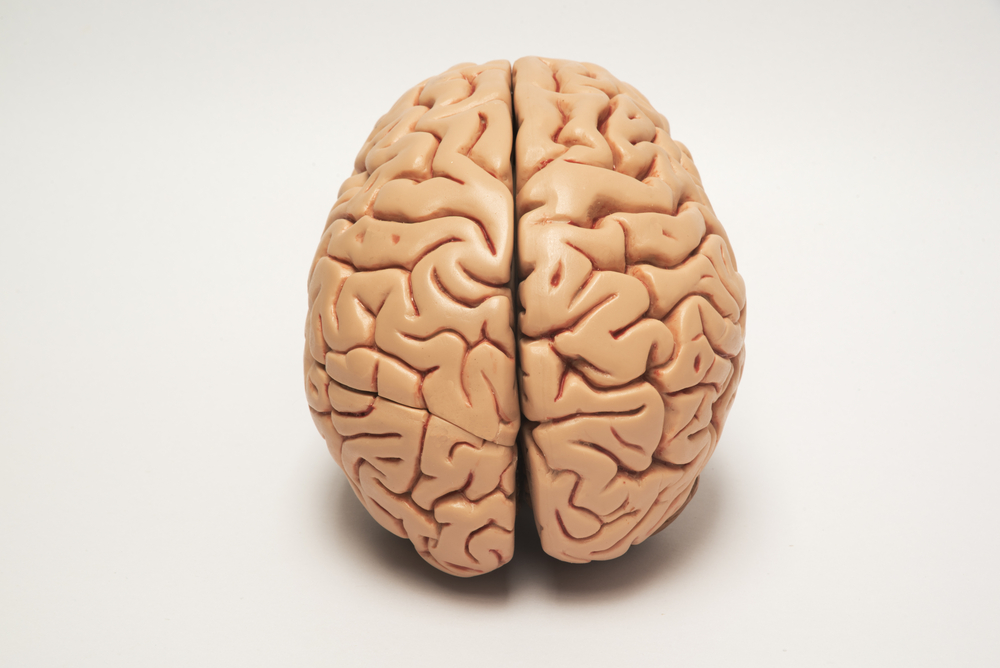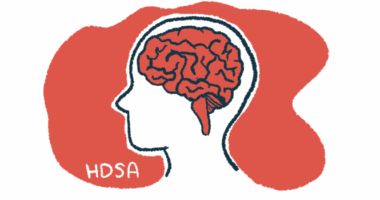Apathy Linked to Changes in Brain White Matter at Different Huntington’s Stages, Study Finds

Different types of apathy — a common psychiatric symptom of Huntington’s disease — are associated with specific alterations in the brain’s white matter in patients at different stages of the disease, a study finds.
White matter refers to regions of the brain made up of myelinated nerve segments (axons) responsible for the transmission of nerve signals.
The findings of the study, “White matter cortico-striatal tracts predict apathy subtypes in Huntington’s disease,” were published in NeuroImage: Clinical.
Huntington’s disease is a genetic neurodegenerative disorder characterized by motor, psychiatric, and cognitive disturbances.
Apathy is one of the common psychiatric symptoms of Huntington’s, affecting between 52% and 75% of patients. It also is the psychiatric symptom that has been found to be more closely related to disease progression, and associated with brain lesions and neurodegeneration of certain areas of the brain.
Some studies have attempted to investigate the correlation between apathy symptoms and white matter brain lesions visible by diffusion tensor imaging (DTI), a technique that measures the diffusion of water molecules in the brain to assess white matter integrity.
“However, such studies have yielded inconsistent results, perhaps due to the great variability among HD [Huntington’s disease] individuals in the degree and evolution of apathy symptoms. One possible source of individual differences in apathy symptomology could be explained by variability in the degree of neurodegeneration of different neural circuits,” the researchers said.
“In this regard, neuroimaging studies can contribute to the understanding of [these individual differences] in terms of tract-specific white matter microstructure,” they added. “To date, however, there has been no study investigating the relationship between apathy subtypes and white matter connectivity in HD.”
To learn more, researchers from the Bellvitge Biomedical Research Institute (IDIBELL) and the Neuroscience Institute of the University of Barcelona (UBNeuro), both in Spain, set out to look for possible associations between alterations in the white matter of Huntington’s patients at varying disease stages and different types of apathy.
“Our goal was to study apathy as a multidimensional syndrome and explore, for the first time, the relationship between different subtypes of apathy and white matter connectivity in Huntington’s disease,” Estela Càmara, lead author of the study, said in a press release.
The study involved 46 patients with Huntington’s — 22 who were asymptomatic, or premanifest, and 24 who were manifest, meaning they already had symptoms of the disease — and 35 healthy individuals (controls). All participants underwent a series of brain scans. Apathy was assessed in all study participants using both the short-Problem Behavior Assessment and the short-Lille Apathy Rating Scale.
The short-Lille Apathy Rating Scale also was used to evaluate three different apathy subcategories: emotional, described as feeling indifferent to problems that used to be relevant; cognitive, or being unable to set goals; and auto-activation deficit, or having difficulty bringing oneself to have certain thoughts or perform certain behaviors.
Diffusion tensor imaging, or DTI, was used to investigate whether individual differences in specific white matter nerve tracts could be used to estimate patients’ overall apathy and its sub-categories.
Results showed that apathy may develop and follow different time courses in different patients. However, the auto-activation deficit domain tended to manifest itself before the first motor symptoms of the disorder appeared.
“Thus, early in the disease process, difficulty in self-activating thoughts or behavior can signal disease progression,” the investigators said.
The researchers described automatic activation deficit as patients feeling like they “need a push to start things.”
“This relationship is very relevant to corroborate the progressive nature of apathy as a biomarker in HD and its potential to capture the progression of neurodegeneration,” Càmara added.
The investigators also found that those individuals at more advanced stages of Huntington’s had higher levels of global apathy and auto-activation deficit compared with healthy individuals, while premanifest patients only had higher levels of auto-activation deficit.
“This emphasizes the gradual nature of disease onset, which affects neuropsychiatric functioning years or even decades prior to formal disease diagnosis by motor onset,” they added.
DTI also revealed that individual differences in the integrity of white matter nerve tracts in specific regions of the brain could explain, at least to some degree, the different severity levels of the various types of apathy seen in those participating in the study.
“The present findings are highly relevant in corroborating the progressive nature of apathy as a biomarker in HD while also pioneering research on the disentanglement of apathy profiles in HD. As such, these results bear implications for a differential diagnosis of apathy subtypes and, subsequently, more individualized pharmacological management,” the researchers concluded.






